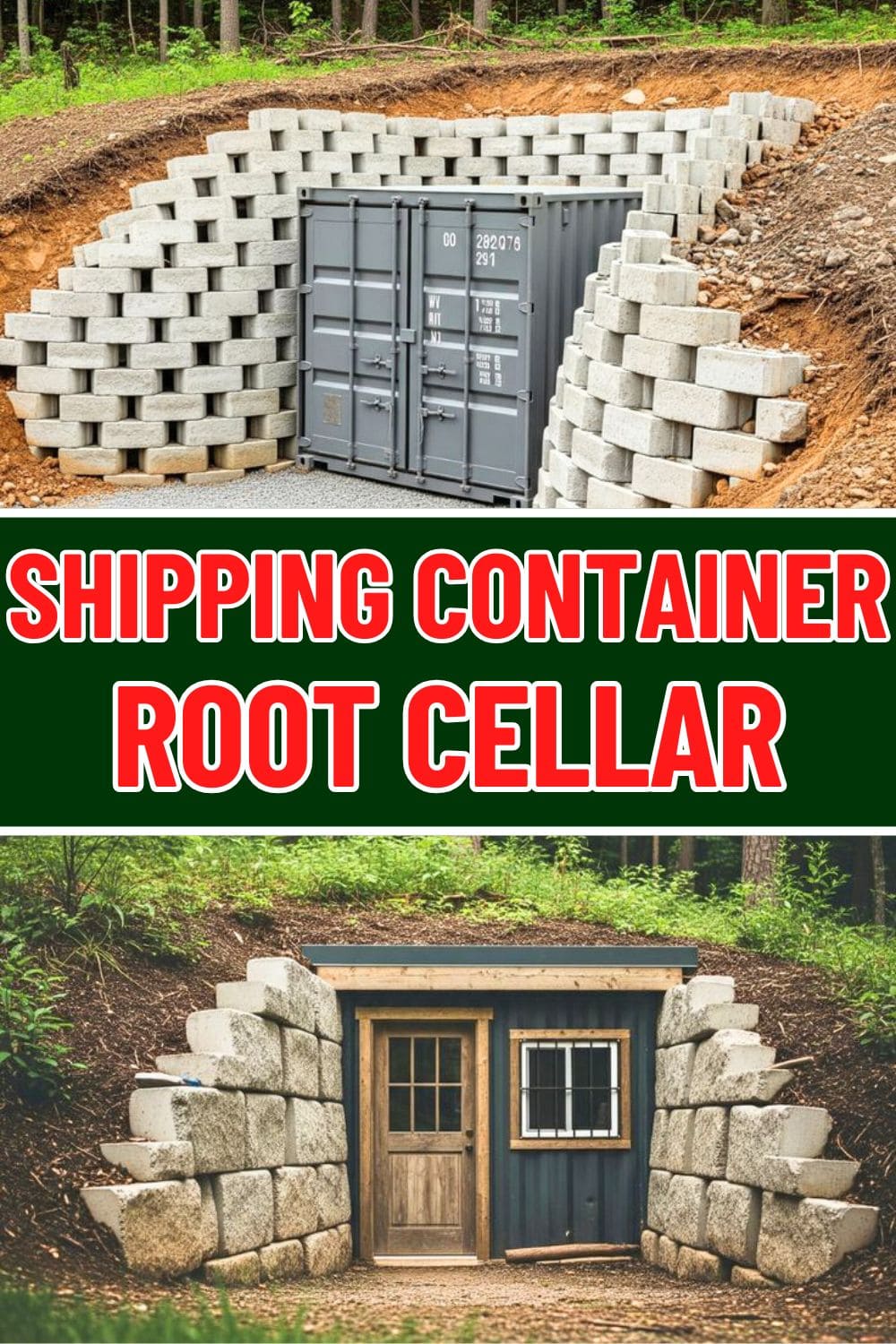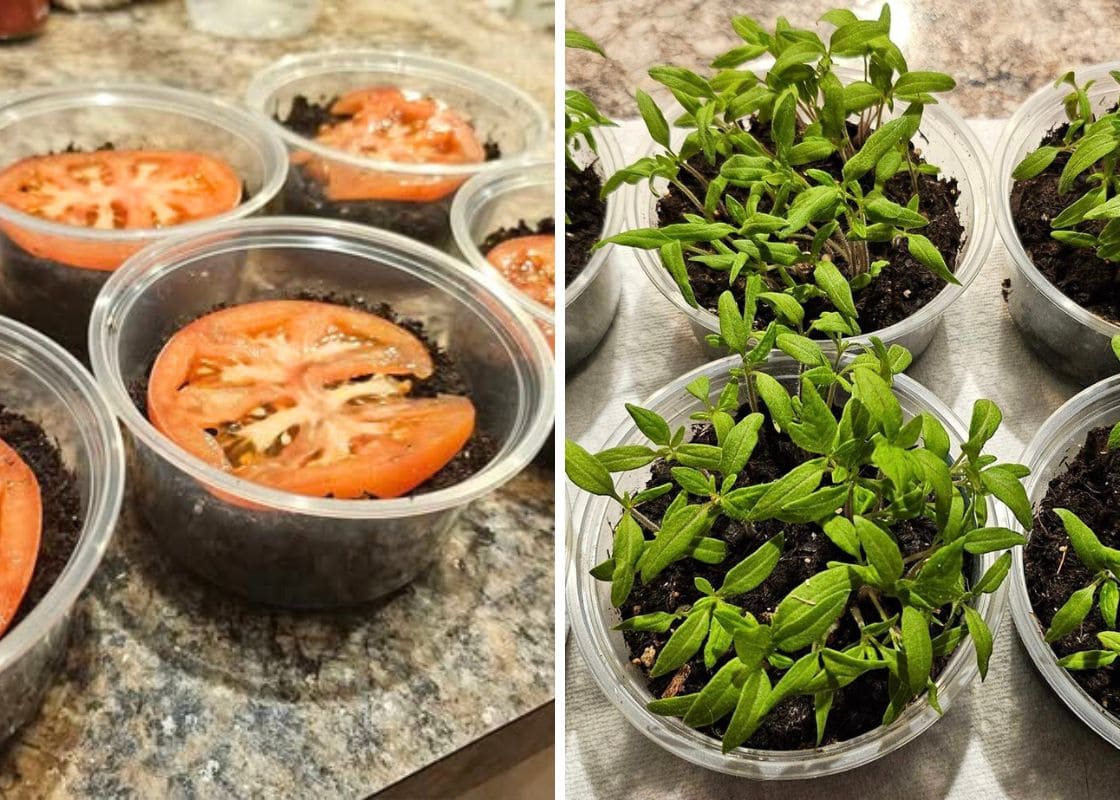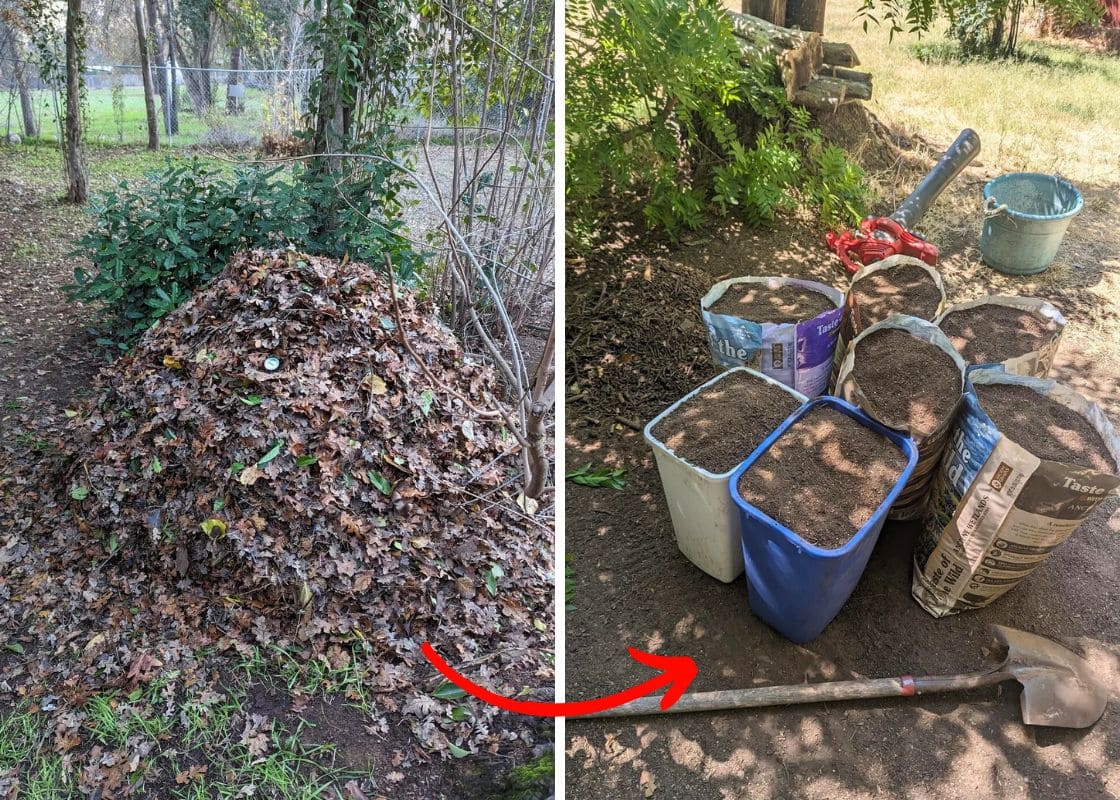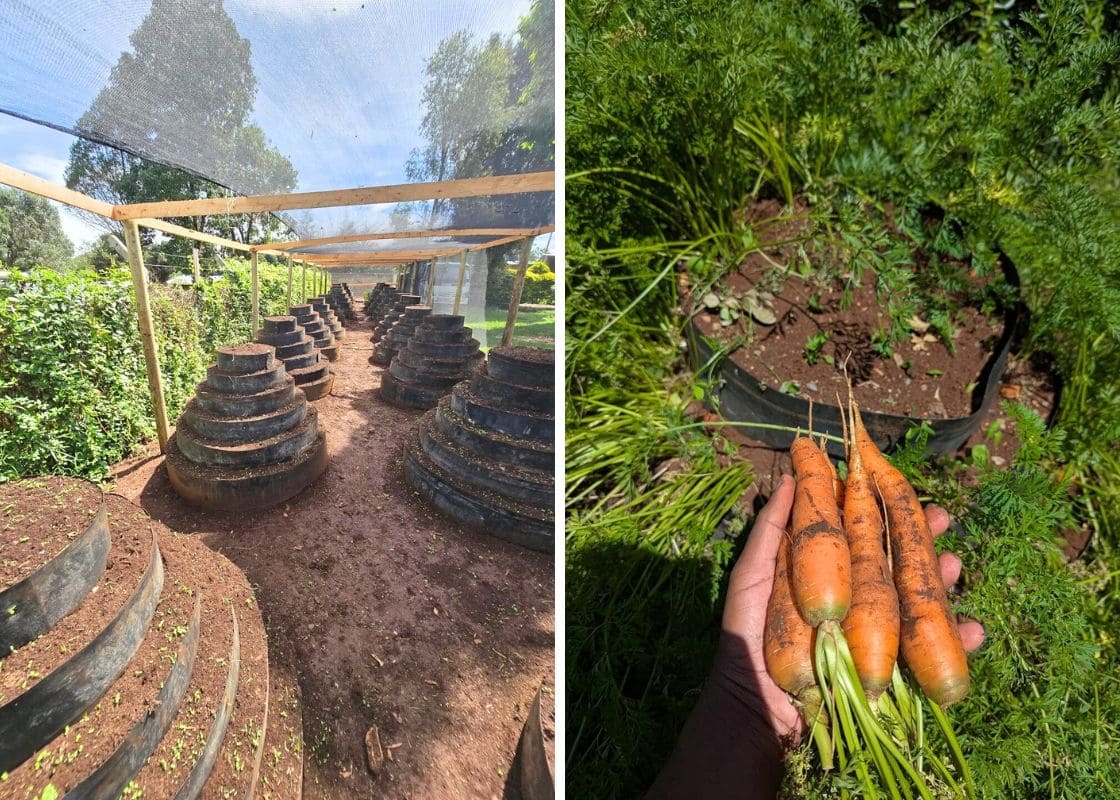Long before refrigerators and freezers became household staples, people relied on root cellars to preserve food through the seasons.
A root cellar works by using the earth’s natural insulation to keep temperatures cool and stable year-round.
Today, modern homesteaders and gardeners are reviving this old tradition with a twist, repurposing shipping containers into earth-sheltered storage cellars.
With their strength, affordability, and adaptability, these steel boxes can be transformed into practical underground spaces for storing vegetables, wine, and emergency supplies.
Why a Shipping Container Root Cellar Works
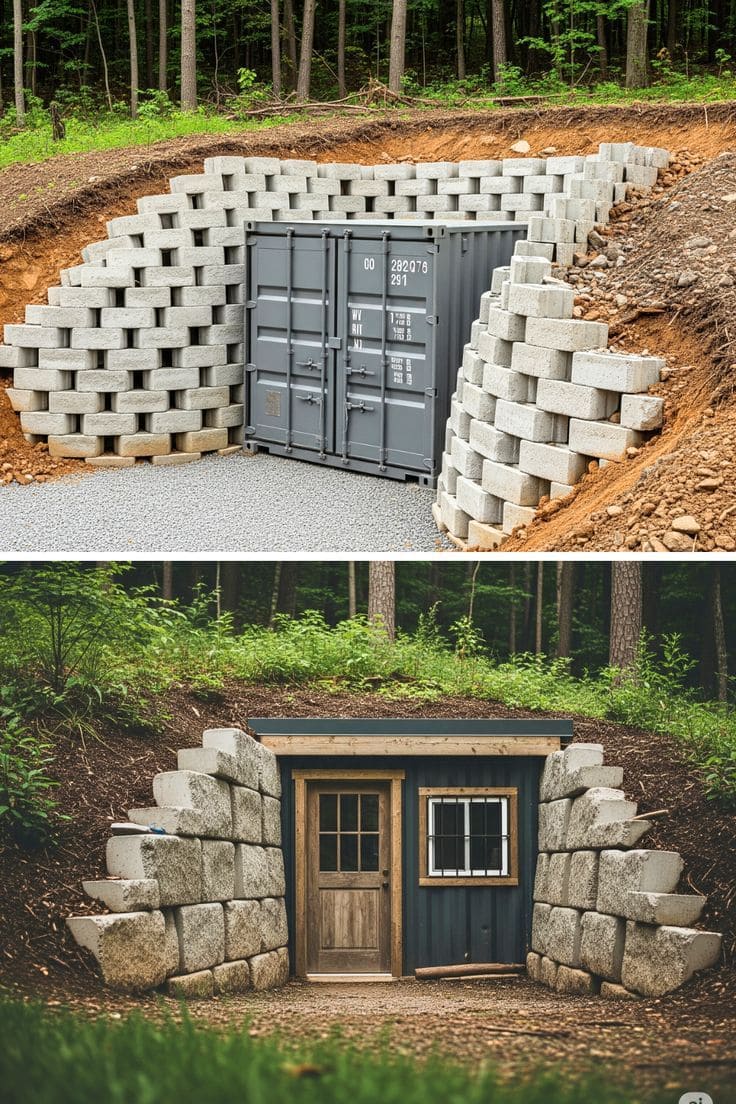
Shipping containers are built to withstand heavy loads and tough conditions, making them a durable foundation for an underground cellar.
Once buried and reinforced with retaining blocks, they benefit from the natural insulation of the surrounding soil.
This keeps the inside temperature cool and consistent, ideal for food preservation.
The design is also discreet, blending into the landscape while adding value to your property.
Whether you need extra storage, a place to keep root crops fresh, or even a small storm shelter, this method delivers.
Planning and Choosing the Right Spot
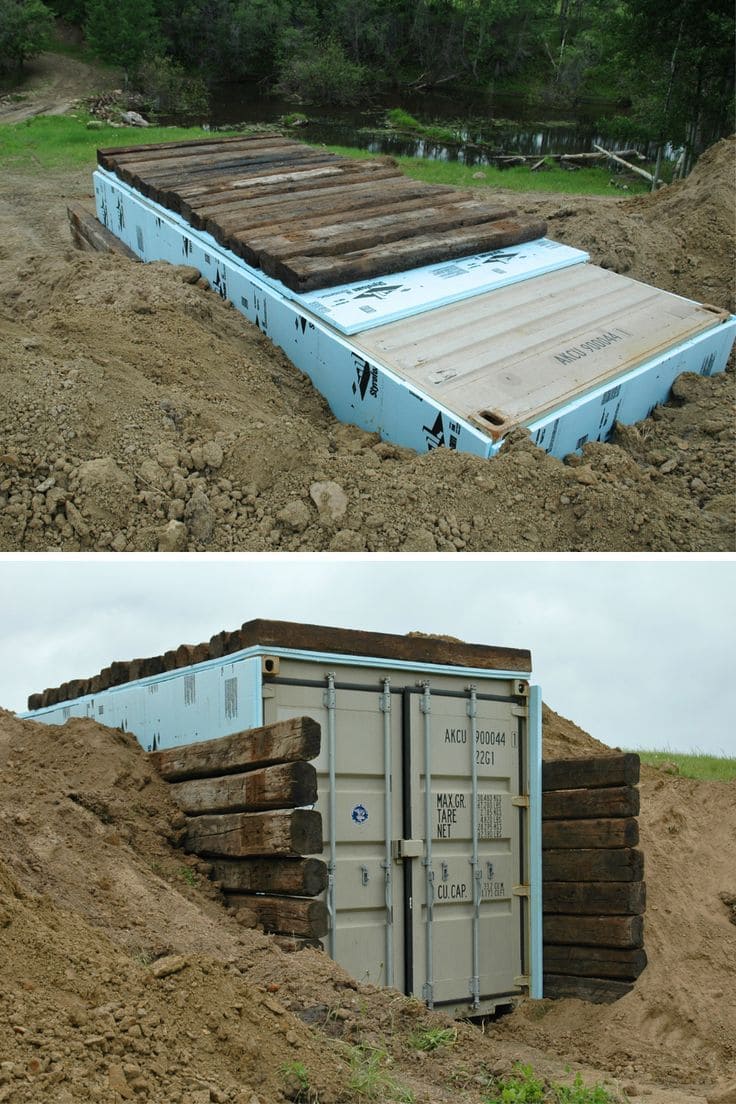
Before you begin, location is everything. Pick a site that drains well, low-lying, flood-prone spots are risky.
A hillside works beautifully, allowing you to tuck the container into the slope.
Flat ground can also work if you build proper drainage channels.
Next, choose an area with some shade if possible, and ensure you have enough space for excavation and access with heavy equipment.
Materials You’ll Need
- 1 steel shipping container (20ft is standard, 40ft for larger projects)
- Gravel
- Retaining wall blocks or large interlocking concrete blocks
- Waterproof membrane or sealant
- Ventilation pipes (intake and exhaust)
- Soil for backfilling
- Wood, siding, and hardware
Step-by-Step Guide to Building
Step 1: Excavate and Lay the Foundation
Dig into the hillside or ground where the container will sit. Then add a thick layer of gravel at the base for drainage.
This prevents water from pooling under or around the structure.
Step 2: Position the Container
Lower the shipping container into place using a crane or heavy machinery. You make sure it rests level on the gravel base.
Step 3: Reinforce the Walls
Stack retaining blocks around the container to hold back the soil.
The container walls alone aren’t designed for lateral earth pressure, so this step is crucial for stability.
Step 4: Waterproofing
Coat the exterior of the container with sealant or wrap it with a waterproof membrane. This protects against rust and moisture damage over time.
Step 5: Backfill with Earth
Carefully shovel soil around and on top of the container, packing it down firmly.
This layer acts as insulation, keeping temperatures cool and steady inside.
Step 6: Build the Entrance
Add a framed doorway with a secure wooden or metal door.
For aesthetics and extra insulation, you can cover the front with siding, a small porch roof, or even camouflage it with landscaping.
Step 7: Install Ventilation
Add one intake vent near the ground and one exhaust vent higher up.
This airflow prevents mold, balances humidity, and keeps stored produce fresh longer.
What You Can Store Inside
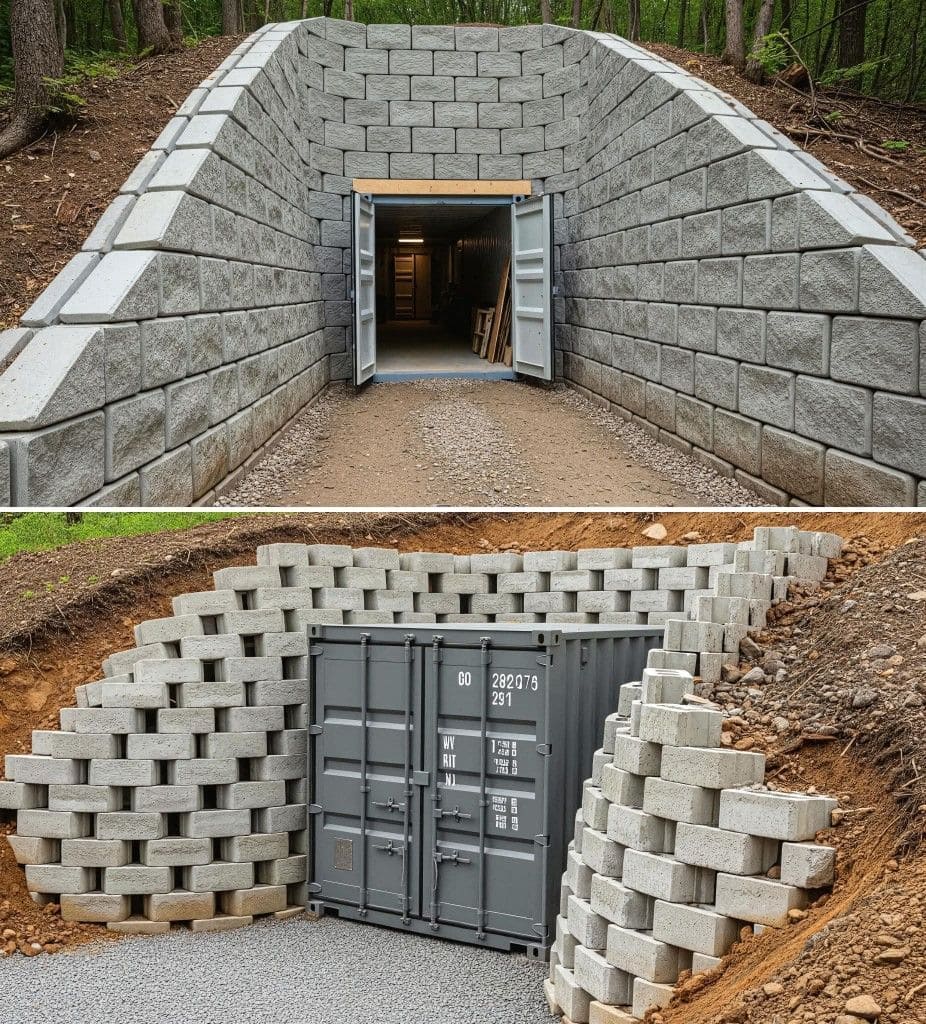
A well-built shipping container cellar can serve many purposes. Gardeners use them for storing root crops like carrots, potatoes, onions, beets, and squash.
Canners find them perfect for keeping jars of preserved food safe through the year.
Wine enthusiasts love the steady temperatures for aging bottles. And for those in storm-prone areas, these structures double as emergency shelters.
The versatility makes them a valuable addition to any homestead or backyard.
Maintenance and Care
Like any structure, a root cellar needs attention. Inspect the roof and walls regularly for leaks or rust.
Also, keep the ventilation system clear, especially in damp weather.
Refresh wooden doors or siding every few years, and rotate stored produce to prevent spoilage. With proper care, your shipping container root cellar can last for decades.
Conclusion
Transforming a shipping container into an earth-sheltered root cellar is both practical and rewarding.
You’re not just building storage, you’re reviving an age-old tradition in a modern, sustainable way.
With natural insulation, durability, and room for creativity, this project offers long-term value for gardeners, homesteaders, and anyone who wants to be a little more self-reliant.
From storing carrots and apples to safeguarding emergency supplies, your container cellar will quickly become useful spaces on your property.
